Exploring Argentina's wine country
The different types of wine you should try in Argentina
Wine regions of Argentina
Argentina's wine regions stretch from Salta in the far north down to Patagonia in the south. The element that ties these vineyards together is the Andes mountain range, along which 99% of Argentina's wine regions are located. The micro-climate the mountains produce — dry, sunny — and their high-altitude create high-quality grapes with a distinctive flavour. Some of the most popular wine regions in Argentina for tourists to visit include the Cafayate Valley in Salta, the Uco Valley and Maipu region in Mendoza and the Rio Negro in near Neuquen.
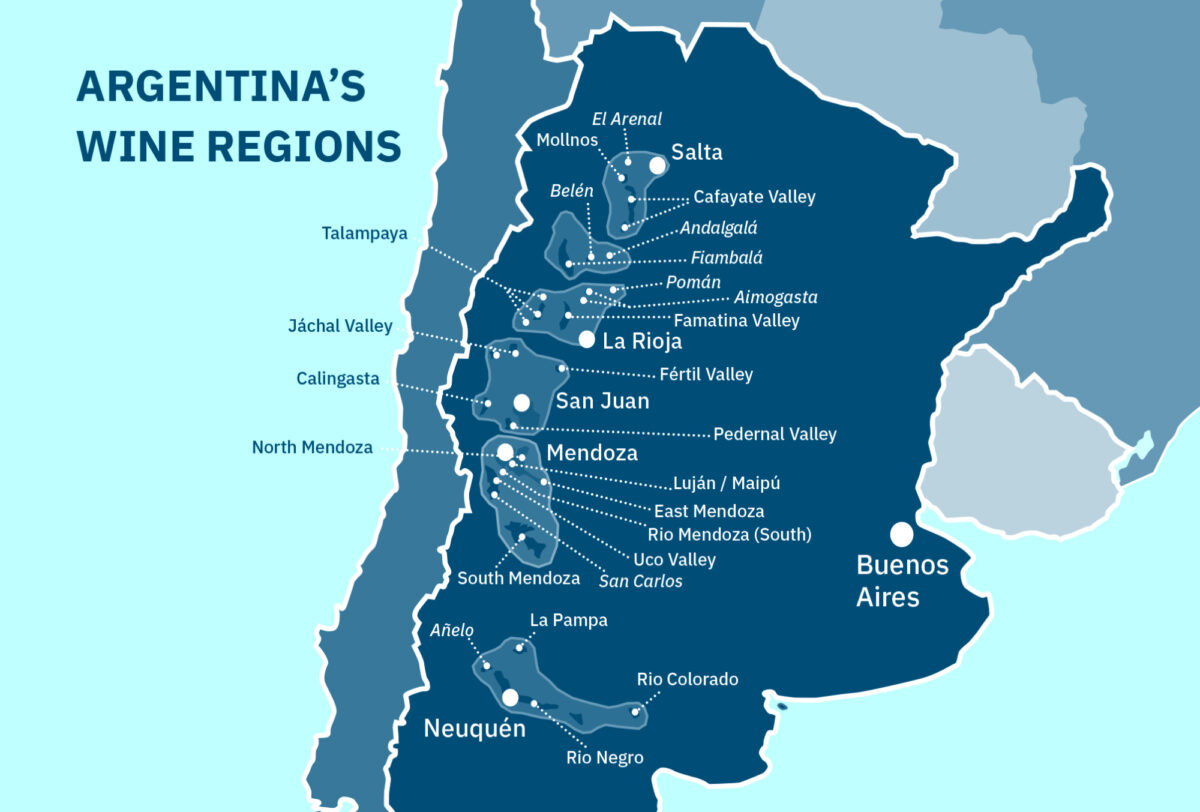
Popular wine varieties
As the fifth largest producer of wine in the world, Argentina is perhaps best known for its smoky, full-bodied Malbec. However, visitors to Argentina (and the Cafayate region in particular) should try the floral Torrontes white, which grows particularly well in high-altitude vineyards, where cooler nights help the grape retain acidity. Crisp and refreshing, Torrontes whites often have flavours of citrus fruit and Muscat-like aromas.
Elsewhere, look out for Cabernet Sauvignon, Syrah and Chardonnay.
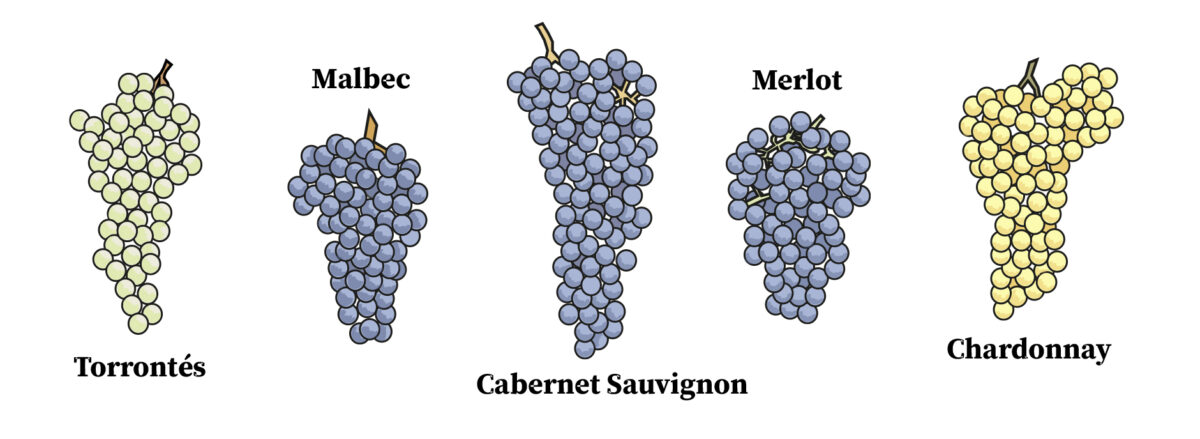
Torrontés
25,398.95 acres (INV 31/12/2018 database)
Regions: Salta (Cafayate), Mendoza, San Juan, La Rioja
Colour: Light yellow, with occasional golden or green hues
Harvest: Late February-mid March
Food pairing: Vegetarian dishes, spicy food, fish, seafood
Found only in Argentina and considered to be the country’s signature white wine. Fresh, smooth and aromatic, with moderate acidity and peachy tones. It can be found across Argentina, thriving in high-altitude vineyards up to 3000m high.
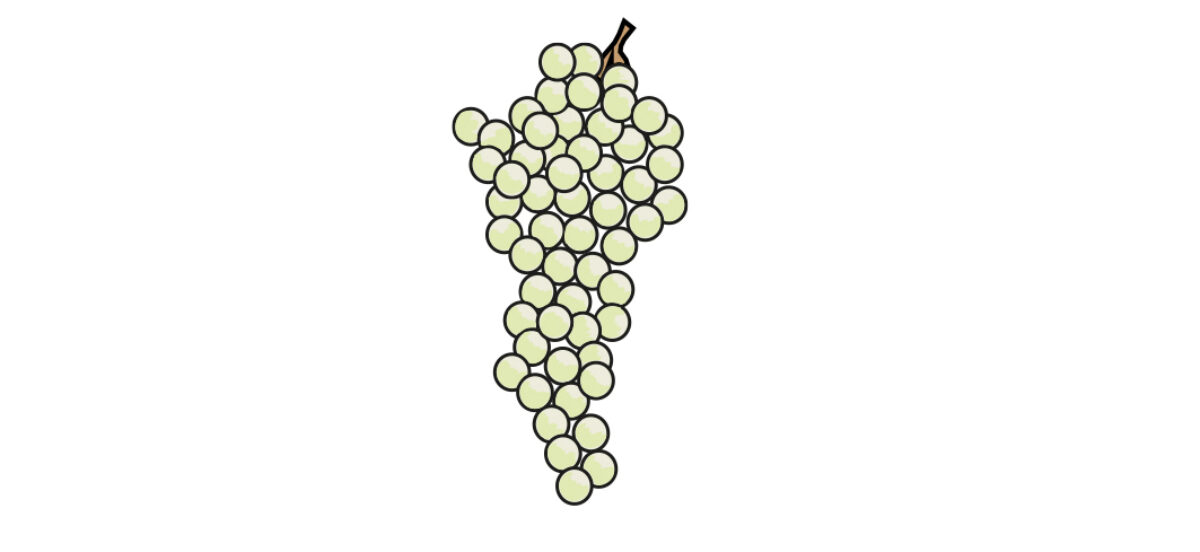
Torrontés grapes
Chardonnay
14,933.6 acres (INV 31/12/2018 database)
Regions: Mendoza (Uco Valley), San Juan
Colour: Deep gold
Harvest: Late February-mid March
Food pairing: Pork, poultry, salmon, tuna, vegetarian dishes
The second most popular white grape variety, Chardonnay rose to prominence in Argentina and Chile in the 1990s, where it flourished in the dry, cold weather of the Uco Valley, at around 1,600m. With a high elevation and maximum temperature of 28 degrees during harvest, the resulting wine is mineral-heavy and fresher than the creamier, buttery varieties produced in California’s Napa Valley.
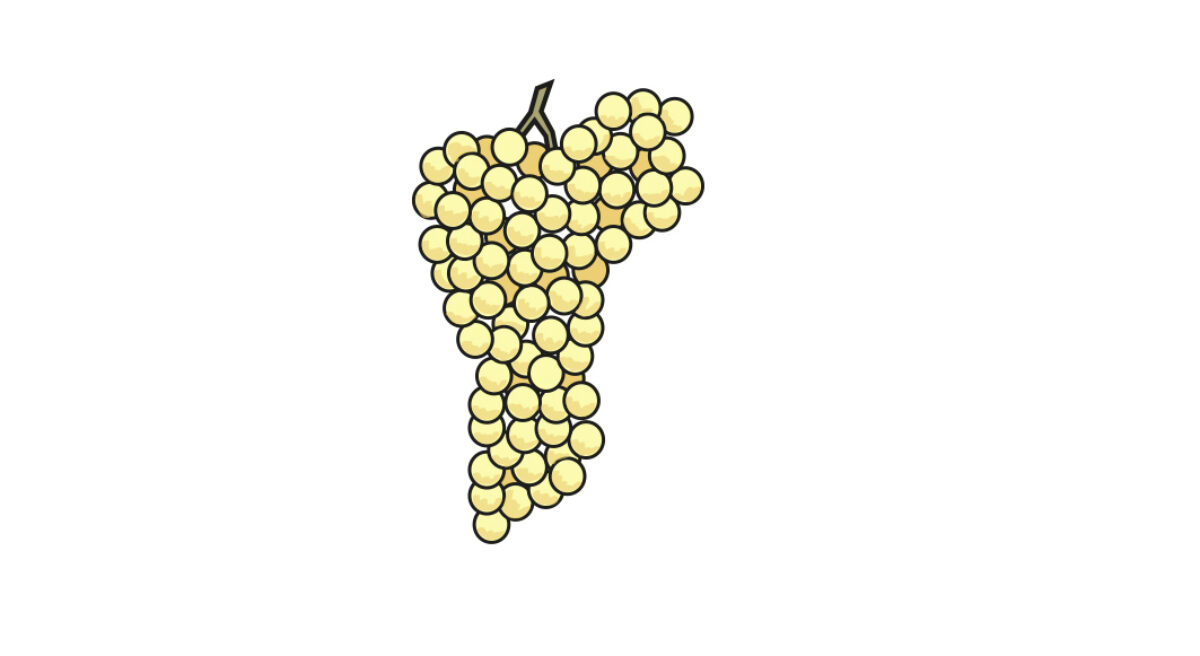
Chardonnay grapes
Malbec
106,255.57 (INV 31/12/2018 database)
Regions: Mendoza, San Juan, Salta
Colour: Dark inky purple
Harvest: Early March
Food pairing: Beef, lamb, poultry, salmon, tuna
The medium to full-bodied, dry Malbec is the most popular and widely-grown Argentinian wine. Predominantly grown in the mountainous regions around Mendoza, it is known for its dark fruit and smoky flavours. It is sold at a lower price point than other red varieties, such as Cabernet Sauvignon or Syrah.
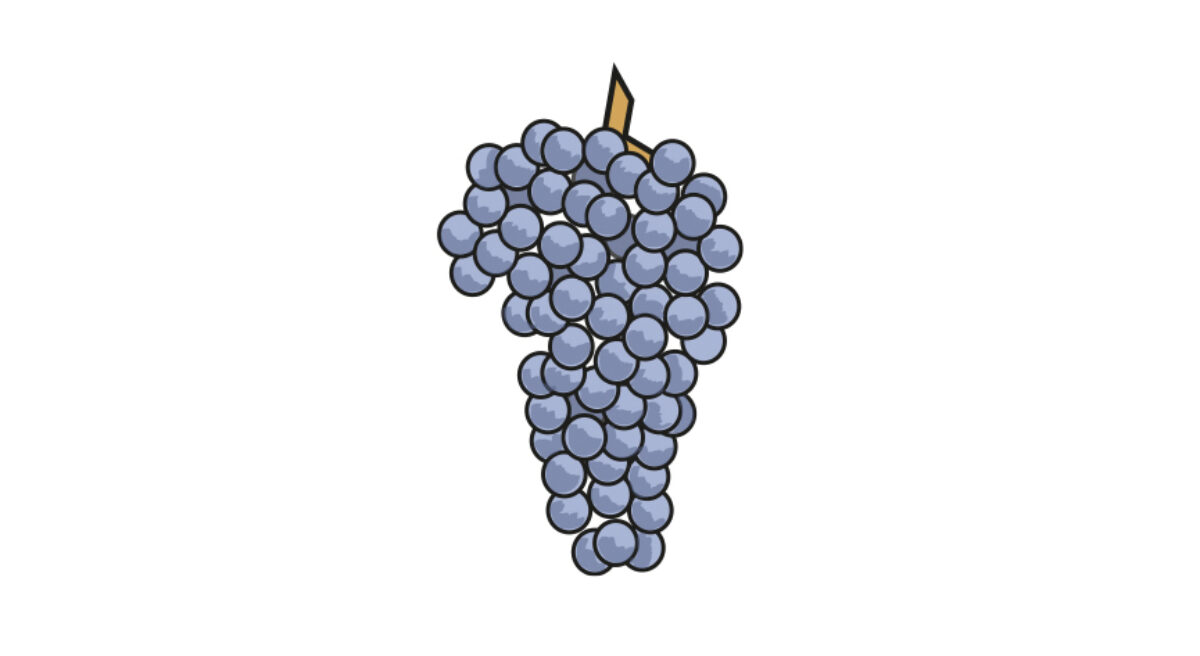
Malbec grapes
Merlot
13,111.66 acres (INV 31/12/2018 database)
Regions: Mendoza, San Juan, La Rioja, Rio Negro
Colour: Dark red to purple
Harvest: Early March
Food pairing: Beef, lamb, veal
One of the newer and less widely-planted grape varieties found in Argentina, this French varietal performs well in the cooler high-altitude regions of the Uco Valley and Patagonia. Thick-skinned and juicy grapes contain lower amounts of tannin and acidity, making for a light-bodied, smooth and juicy wine, rick in blackcurrant flavours. Often used as a blending grape to soften the harsher tannin or acidic characteristics of other red grape varieties.
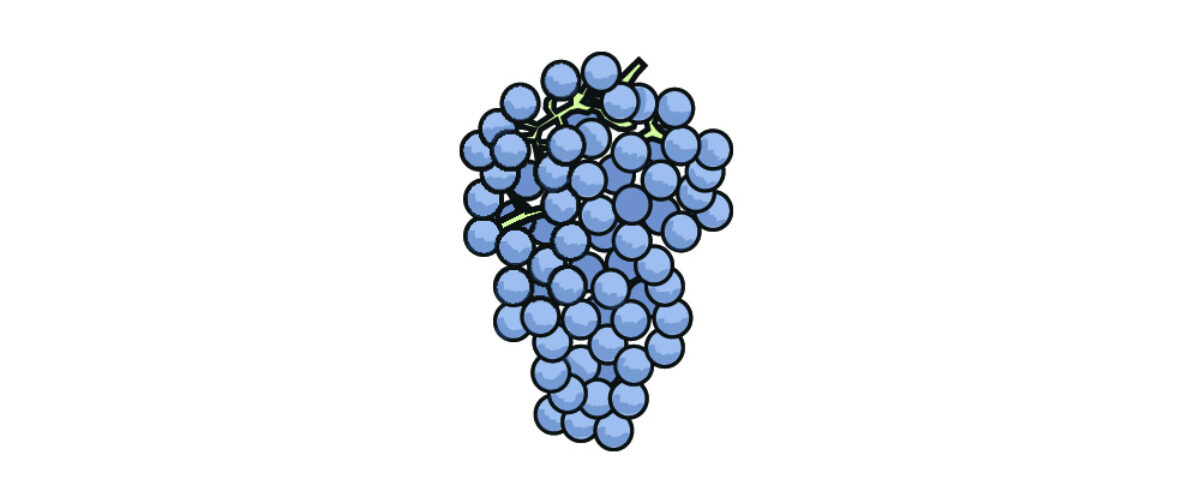
Merlot grapes
Cabernet Sauvignon
36,240.66 (INV 31/12/2018 database)
Regions: Mendoza (Uco Valley), Salta (Cafayate)
Colour: Deep ruby
Harvest: Late March
Food pairing: Beef, lamb, poultry
There are three distinctive Cabernet styles found in Argentina. These are:
Warm weather Cabernet Sauvignon
Produced in the arid mountain region around Mendoza at an altitude of 700-950m, with the oldest vines found in the historical districts of Maipú and Luján de Cuyo.
The dry and warm climate helps the grapes ripen, creating an aromatic and intense style with good body and black fruit flavours.
High altitude and cold climate Cabernet Sauvignon
Produced in the mountains of the Uco Valley, at altitudes of 1000-1,500m.
The hot days and cool nights of the Uco Valley cause the long cycle Cabernet grapes to mature slowly, adding a distinctive natural acidity to the aromatic and intense wine.
Northern Cabernet Sauvignon
Produced in the Calchaquí Valleys in the Cafayate region and Salta, at an average altitude of 1,750m.
The cooler high-desert climate of the mountains regions in the North creates a leaner, intense mineral-flavoured Cabernet that is deep red in colour.
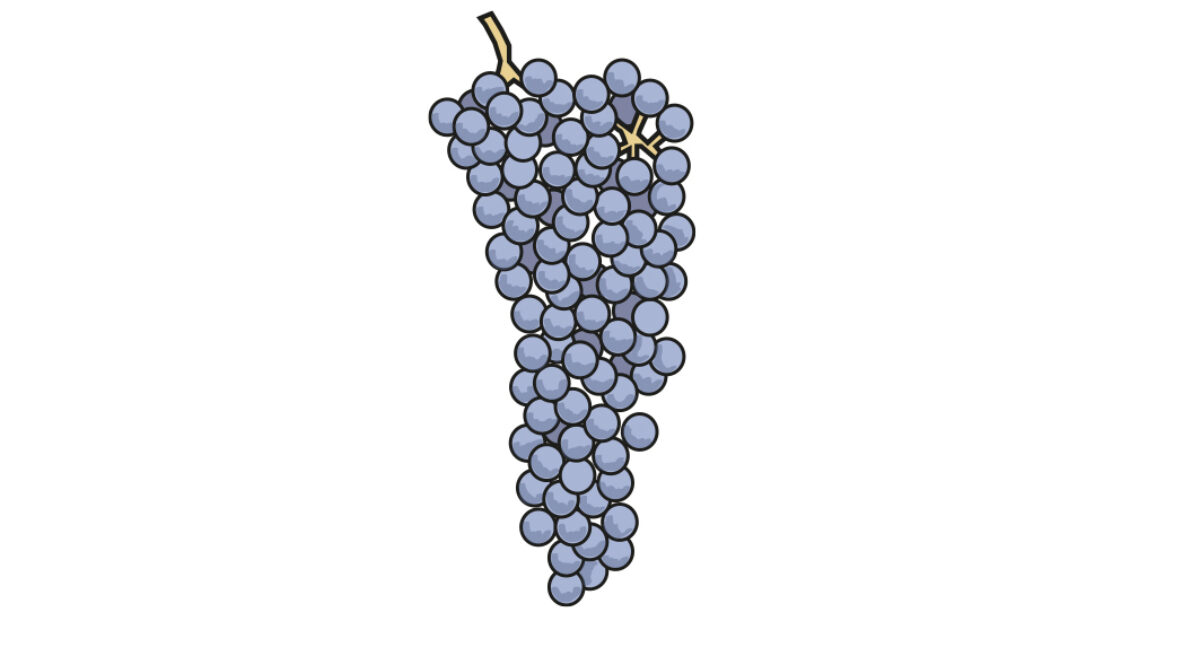
Cabernet Sauvignon grapes




